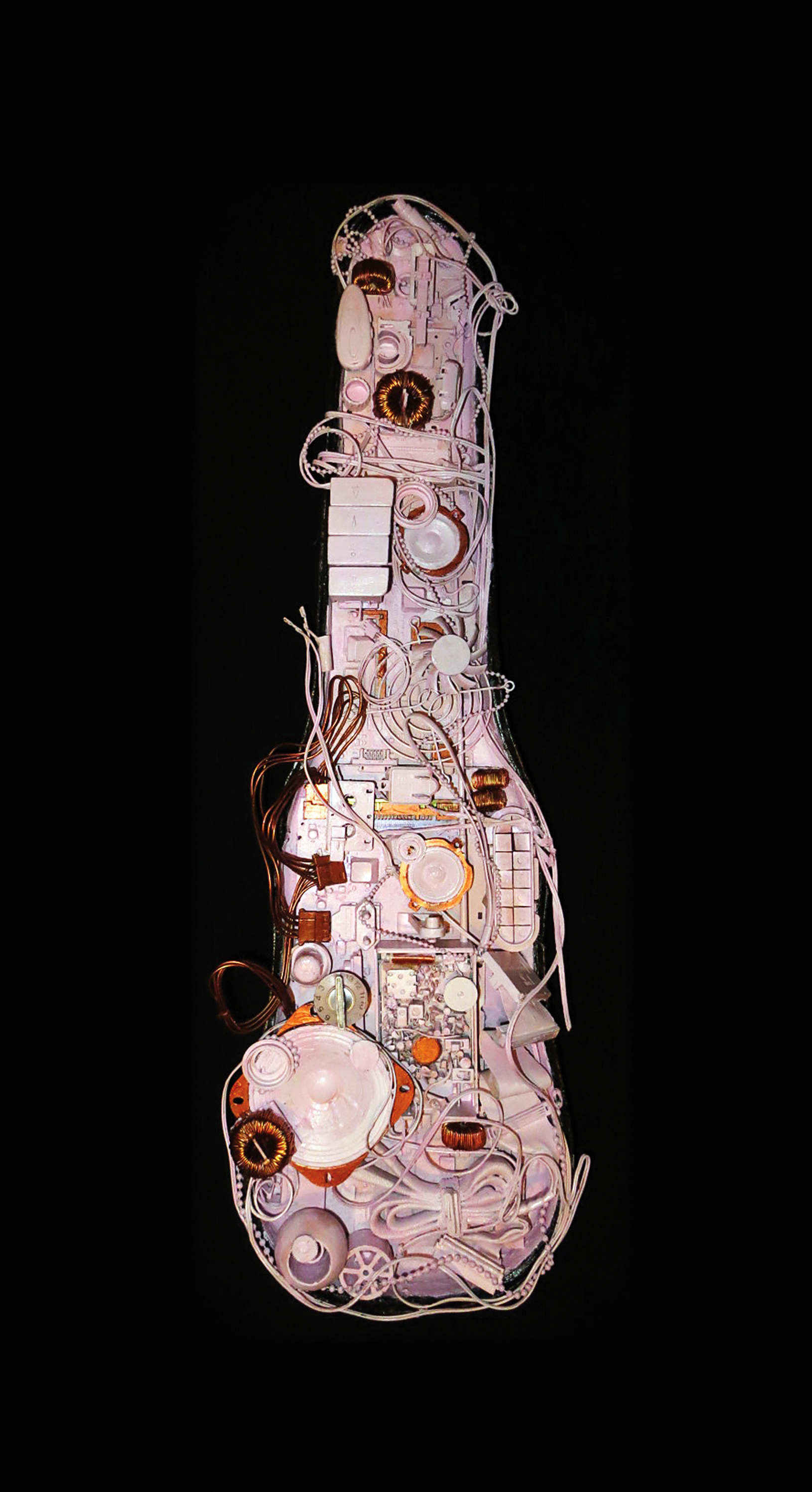These days it’s hard to put in perspective how revolutionary the Fairlight CMI (Computer Music Instrument) was as a musical instrument when it was introduced in the early 1980s. A brief history lesson: The CMI was the first commercially available additive digital synthesizer and sampler famously used on records by Peter Gabriel, Kate Bush, and Art of Noise. They were insanely expensive, around $27,000 when it was released, which in today's economy would be about $70,000 adjusted for inflation. Outside of rich guitar collectors, most folks couldn't drop as much cash as a house down payment (or the cost of a very nice car) for an instrument, so very few people could actually get their hands on a CMI back then. Cost aside, what you could actually do with a CMI was groundbreaking. Issue #38 of the fine UK magazine, Electronic Sound, is devoted to the CMI and includes interviews with The Art of Noise and Peter Vogel – one of the CMI’s inventors. J. J. Jeczalik and Gary Langan talk about how Trevor Horn [Tape Op #89] had bought a CMI and left it at their house on their dining room table, making the dining room table more valuable than the house itself. Elsewhere in Electronic Sound, Factory Records founder Tony Wilson remarks that Martin Hannett [#103] had wanted them to buy him a CMI, but the label needed the money to finance their club (the Hacienda) instead. By the time the Akai S900 sampler was released in 1986, the days of the CMI were numbered, however.
I reviewed Arturia’s great re-issue of the CMI in Tape Op #127 and have written about several other digital synths of the era here.
But, AdamStrange's new take on the CMI is a different beast from its predecessors in that it’s an almost exact re-creation of the original CMI (as a standalone desktop app), and its terminal-based emulation makes very few concessions to how current software works. For better or for worse, it will take you back to the days of computers before desktop mice and touchpads existed, although it thankfully does work with both! The other unique take on the CMI is that instead of costing as much as a car, this desktop re-creation is sold on a "name your price" model so you can pay as much (or as little) as you want for it – including free! After using the QasarBeach CMI IIz for a while, I went back to the product site and paid the suggested $32 price, plus the extra $10 support for the developer as thanks to AdamStrange for taking the time to code this, and for making it public and affordable.
While QasarBeach CMI IIz looks and feels like a tool from another century, AdamStrange has added some new features. As he puts it “the Fairlight CMI was a professional and complex machine, QasarBeach CMI IIz in no way tries to obscure this operation. So the UI is the same, the operation is the same, but there have been additions to make it a bit more user friendly.” I’ve been using QasarBeach CMI IIz for a few weeks now and it’s really fun and has me thinking about sound and synthesis in a different way than modern sample libraries tend to steer you. QasarBeach CMI IIz is available for Mac, Windows, and Linux. On my Microsoft Surface Pro, it feels really authentic being able to use the touch screen and stylus as it emulates the original CMI's revolutionary (at the time) light pen.
Compared to today’s tools for sampling and additive synthesis, the original CMI is really pretty primitive, but that’s part of its allure. You realize that Peter Gabriel made his brilliant Security LP using the CMI despite what would be seen as limitations with the instrument today. Perhaps limitations can be good for art rather than endless possibilities. If you want to find out what that’s like and what "state of the art" 1981 felt like, then check out QasarBeach CMI IIz.




_disp_horizontal_bw.jpg)